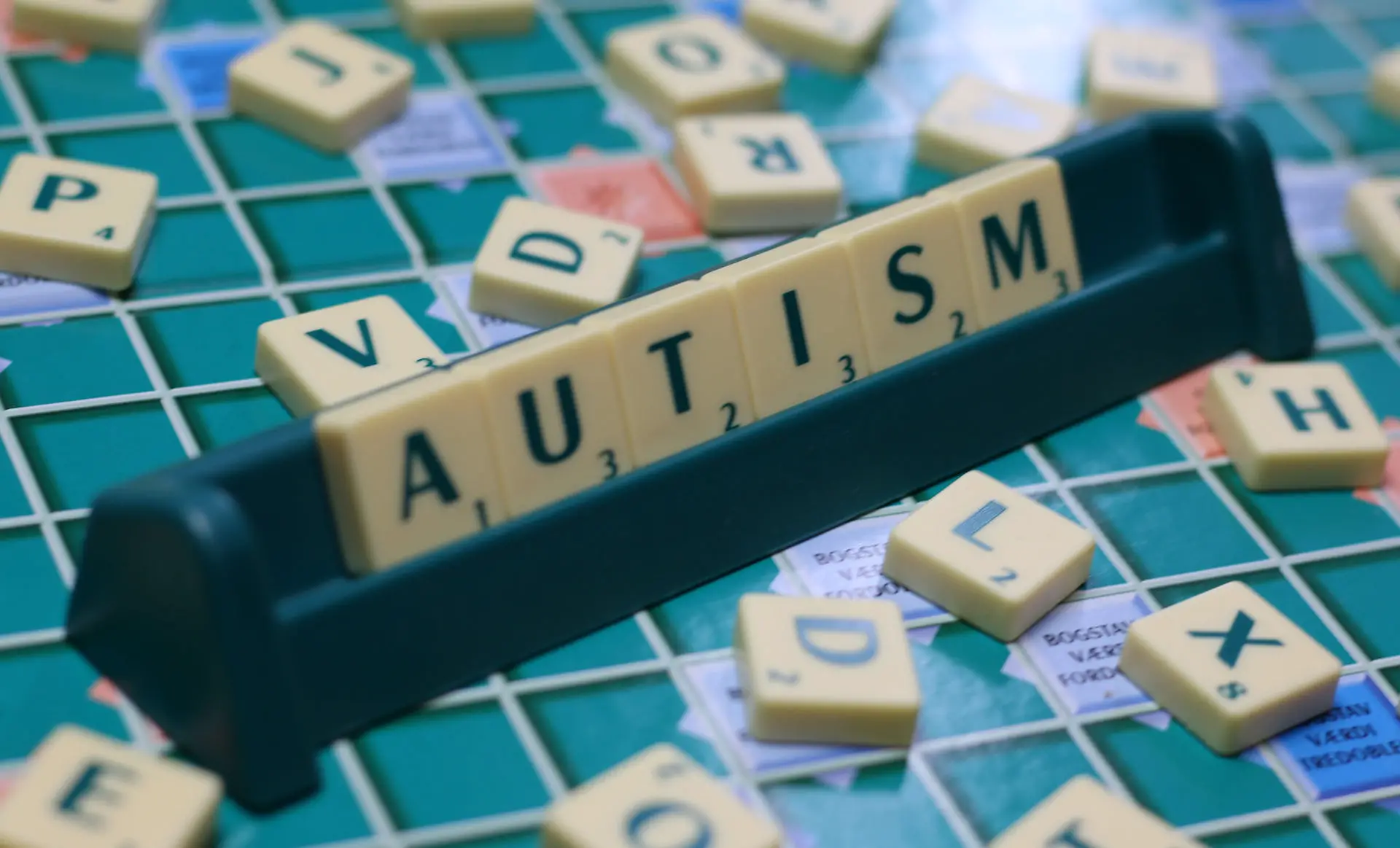Commenting on the latest special educational needs (SEN) statistics 2020/21, Peter Shreeve, Assistant District Secretary of the National Education Union, shares his response. In his own words. Ed
Latest statistics show yet another rise in pupils needing SEN support. The percentage of pupils with an Education, Health and Care Plan (EHCP) nationally is 3.7 per cent (up from 3.4 per cent the previous year), as is those, who have no EHCP, but receive SEN support – a smaller increase to 12.2 per cent.
Five per cent of IW pupils with an ECHP
Already experiencing higher than average figures and increases when compared with the south east and nationally, Isle of Wight figures show five per cent of pupils with an ECHP, up from 4.6 per cent.
Those receiving SEN support now stand at 13.6 per cent up from 13.1 per cent. That SEN support equates to 2,427 Island children and young people requiring schools to provide this much needed additional support from their own individual budgets.
Possibly not the full story?
Statistics, however, do not tell the full story.
How many children are actually in need and are on the edge of adding to these challenging statistics, but receive no extra funding?
Are any home educated pupils absent from these figures?
Are children in need swiftly identified? Is SEND adequately supported?
Vulnerable pupils are likely to be SEND “under-identified”
Published in March, a study from the Education Policy Institute (EPI) highlights significant inconsistencies in the identification and support children with SEND receive. They concluded:
- Many vulnerable pupils are likely to be SEND “under-identified”.
- Identification of Academy school pupils with SEND is less likely compared to other similar pupils.
- Children living in in disadvantaged areas are less likely to be formally recognised as SEND compared with similar pupils in more affluent areas. The EPI suggests this may highlight “rationing of support” in areas with the greatest need.
Impact of pandemic
We know access to speech and language therapy (SLCN), social, emotional and mental health (SEMH) support has dropped hugely during the pandemic – and that for pupils with SEN support, it has virtually disappeared, confirmed by Ofsted this month.
Thus, the ongoing plans to open resourced provision at Medina College from September for students with SEMH is welcome, especially as any need will have increased further during the pandemic.
This new unit will provide up to 15 places eventually. Will it be enough?
We need to be doing more
With the substantial rise in ECHPs over the last five years (3.5 per cent to 5 per cent of the Island school population) the suspicion is, that we need to be doing much more to support these most vulnerable young people.
Image: Jesper Sehested under CC BY 2.0





